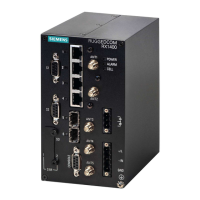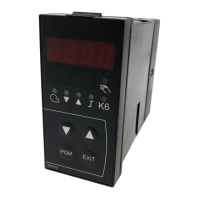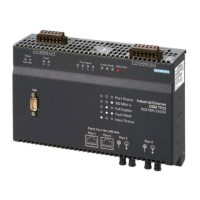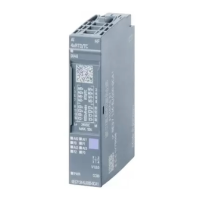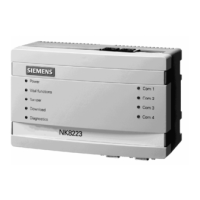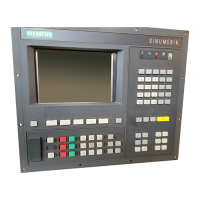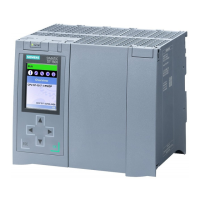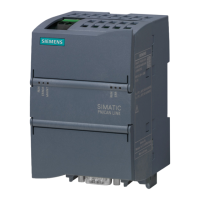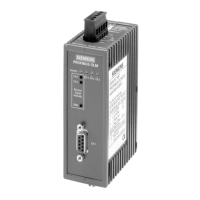Chapter 9
Layer 3
RUGGEDCOM ROX II
CLI User Guide
316 Static Layer 3 Switching Rules
NOTE
In a Layer 2 switched network segment, a VLAN constitutes an IP subnet.
• Next-hop gateway Media Access Control (MAC) address: this information is stored in the router's ARP Table.
NOTE
If the next hop is the destination subnet itself, then the destination host MAC address is required.
A Layer 3 Switch uses the routing information listed above and translates it into Layer 3 switching rules. These
rules are known as the Layer 3 Switch Forwarding Information Base (FIB) or the Layer 3 Switch Forwarding Table.
A Layer 3 switching rule is actually a set of parameters identifying a traffic flow to be switched and determining
how to perform the switching.
Layer 3 switching Application-Specific Integrated Circuits (ASICs) store Layer 3 switching rules in a Ternary Content
Addressable Memory (TCAM) table. Layer 3 switching rules can be statically configured or dynamically learned
(also known as auto-learned).
Section9.1.2
Static Layer 3 Switching Rules
When creating a static route through switch management, hardware acceleration can be explicitly configured. If
hardware acceleration is selected, an appropriate Layer 3 switching rule is installed in the ASIC's TCAM and never
ages out.
NOTE
Only TCP and UDP traffic flows will be accelerated by the IP/Layer 3 switch fabric.
Section9.1.3
Dynamic Learning of Layer 3 Switching Rules
For static routes without hardware acceleration or for dynamic routes, Layer 3 switching rules can be dynamically
learned based on software-based router and firewall decisions. For example, the Layer 3 switch can automatically
decide to offload some flows from the router into the Layer 3 Forwarding Table.
After a certain amount of traffic for the same flow is successfully routed, the Layer 3 switching ASIC begins
switching the rest of the packets belonging to the same flow. A flow is unidirectional traffic between two hosts.
For example, traffic flowing between ports from one host to another is considered a flow. Traffic flowing in the
opposite direction between the same ports is considered a different flow.
NOTE
For 8G or 88G SM, the maximum number of Layer 3 switching rules is 1000 or 3000 respectively.
Different auto-learning methods may be used:
• Flow-oriented learning is when the switch uses the following information to identify a traffic flow:
▫ Source IP address
▫ Destination IP address
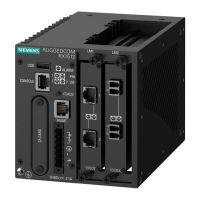
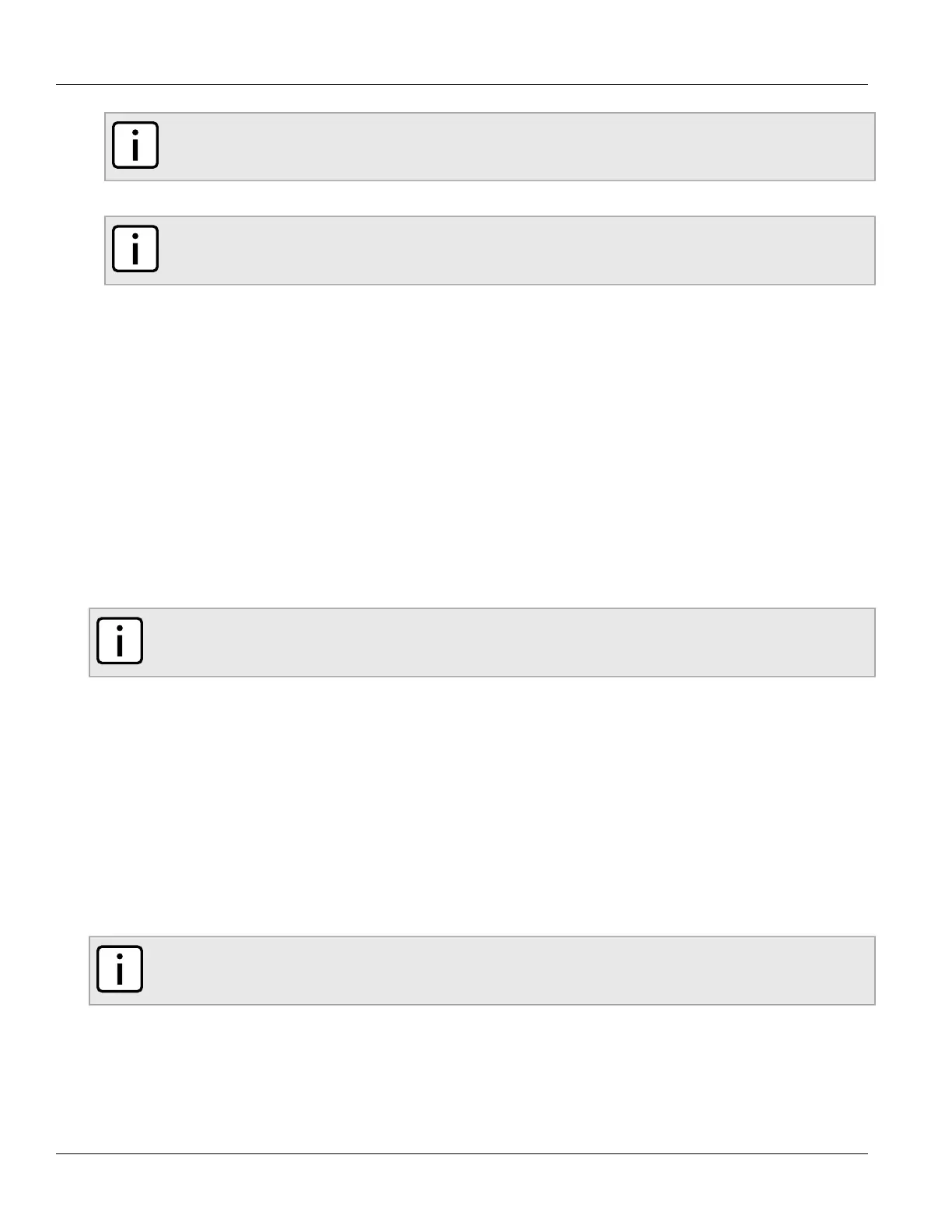